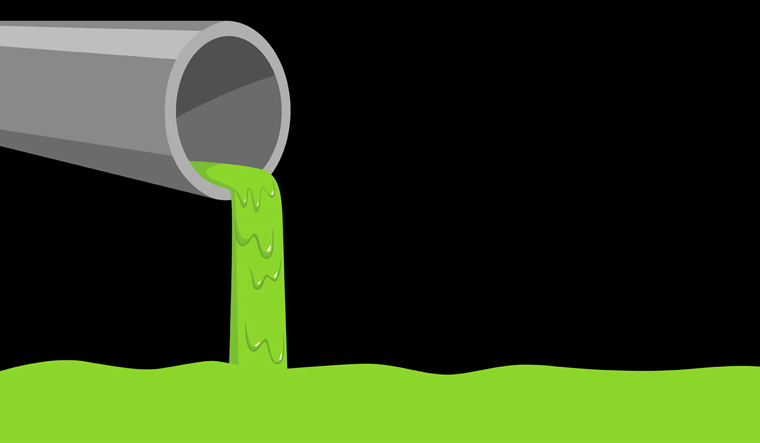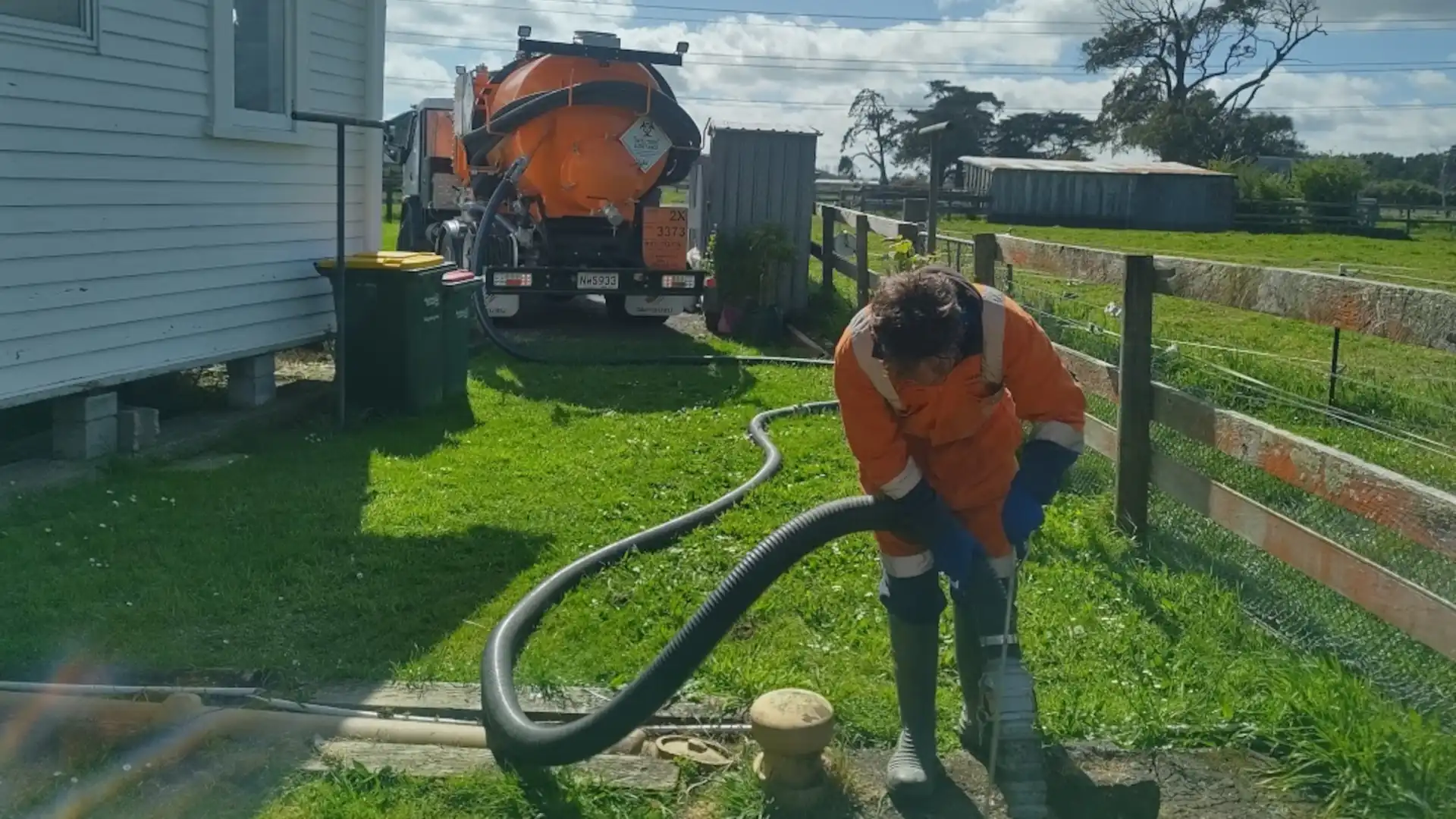Leading Liquid Waste Disposal Melbourne: Trusted Solutions for Correct Waste Administration
Leading Liquid Waste Disposal Melbourne: Trusted Solutions for Correct Waste Administration
Blog Article
How Liquid Garbage Disposal Works: A Comprehensive Introduction of Strategies and Technologies Used

Overview of Fluid Waste Kind
The intricacy of fluid waste types necessitates an extensive understanding of their qualities and implications for disposal. Liquid waste can extensively be categorized into a number of kinds, consisting of commercial, community, farming, and dangerous waste. Each group exhibits distinct residential properties, needing particular administration strategies to reduce environmental and health dangers.
Industrial liquid waste originates from manufacturing processes and usually includes a series of impurities, such as heavy metals, solvents, and organic substances. Local fluid waste, primarily comprising wastewater from households and commercial facilities, has raw material, nutrients, and microorganisms (industrial wastewater treatment). Agricultural liquid waste, consisting of runoff from farms, might contain fertilizers, chemicals, and animal waste, posturing threats to water high quality and environments
Dangerous fluid waste is characterized by its toxicity, reactivity, or possible to trigger damage. This group consists of compounds like acids, bases, and certain chemicals that demand strict handling and disposal protocols. Recognizing these varied fluid waste kinds is essential for creating effective disposal methods and making certain compliance with environmental laws. Correct classification and characterization are crucial for applying ideal therapy techniques and minimizing the damaging effects on public health and wellness and the setting.
Physical Treatment Techniques

Screening is the first action, where larger fragments and particles are eliminated from the fluid waste using screens or grates. In sedimentation tanks, larger particles clear up at the bottom, developing a sludge layer, while the clarified fluid can be further dealt with.
Purification is one more essential technique that includes passing the fluid through permeable materials, such as sand or membrane layers, to record smaller sized fragments. This action improves the quality of the liquid, making it ideal for succeeding treatment processes.

Chemical Therapy Strategies
Chemical therapy techniques are important for properly handling fluid waste, specifically in addressing dissolved and colloidal impurities that physical techniques might not appropriately get rid of. These methods make use of numerous chemical representatives to reduce the effects of, speed up, or change harmful substances into less damaging forms.
One typical approach is coagulation and flocculation, where chemicals such as alum or ferric chloride are included to promote the gathering of suspended fragments. This process boosts sedimentation, enabling easier removal of the resulting sludge. In addition, oxidation processes, utilizing representatives like chlorine or ozone, are used to damage down complex organic substances and virus, making the waste much safer for discharge or further therapy.
Neutralization is another crucial method, which readjusts the pH of acidic or alkaline waste streams to neutral degrees, why not try these out stopping possible harm to downstream systems and the atmosphere. Moreover, progressed oxidation procedures (AOPs) make use of mixes of oxidants and ultraviolet light to deteriorate persistent contaminants, achieving a greater level of treatment effectiveness.
Biological Therapy Procedures
Biological treatment processes play a vital duty in the administration of fluid waste by using microbes to decompose organic matter and minimize contaminant levels. These processes can be broadly categorized into cardio and anaerobic treatments, each employing certain microbial areas to accomplish effective waste degradation.
Aerobic treatment involves the use of oxygen to help with the failure of natural products by microorganisms. This procedure is typically applied in turned on sludge systems, where oygenation tanks give a favorable setting for microbial growth, causing the oxidation of natural contaminants. The resultant biomass can be separated from treated effluent via sedimentation.
In contrast, anaerobic treatment takes place in the lack of oxygen, depending on different microorganisms to damage down raw material. This technique is especially useful for high-strength waste, as it produces biogas, a renewable resource source, while lowering sludge production. Technologies such as anaerobic digesters are frequently utilized in industrial and community applications.
Both aerobic and anaerobic biological therapies not just minimize the ecological influence of fluid waste but likewise facilitate source recuperation, making them necessary parts of sustainable waste management strategies. Their flexibility, performance, and effectiveness sustain their prevalent implementation across numerous fields.
Emerging Technologies in Disposal
Ingenious methods to fluid garbage disposal are swiftly advancing, driven by check out here developments in technology and an increasing emphasis on sustainability. Among these arising innovations, membrane layer bioreactors (MBRs) have gained grip for their capacity to combine biological treatment with membrane filtration, leading to top notch effluent that can be reused in numerous applications. MBRs allow smaller impacts and more reliable operations compared to conventional systems.
One more appealing development is the usage of anaerobic digestion incorporated with nutrient healing technologies, which not only deals with fluid waste yet also creates biogas and recovers useful nutrients like nitrogen and phosphorus. This twin advantage enhances source effectiveness and minimizes environmental impact.
Furthermore, progressed oxidation processes (AOPs) are being embraced for the degradation of intricate organic toxins. These techniques make use of effective oxidants and drivers to break down impurities at the molecular degree, offering a highly reliable solution for challenging waste streams.
Moreover, the integration of expert system and equipment knowing in waste management systems is maximizing functional effectiveness and predictive maintenance, causing lowered expenses and enhanced ecological compliance. These modern technologies reflect a substantial shift in the direction of even more lasting and effective fluid waste disposal methods.
Verdict
In conclusion, effective fluid waste disposal requires a comprehensive understanding of different methods and technologies. By continuously advancing visit site these approaches, it ends up being possible to attend to the expanding challenges connected with liquid waste, inevitably contributing to environmental protection and source recovery.
Fluid waste disposal is a critical aspect of environmental monitoring, calling for a detailed understanding of numerous strategies and modern technologies tailored to various waste kinds. Fluid waste can broadly be categorized into numerous kinds, consisting of industrial, local, farming, and dangerous waste. Agricultural fluid waste, consisting of overflow from farms, may have fertilizers, chemicals, and pet waste, posing dangers to water top quality and ecological communities.
Numerous physical therapy methods play a crucial function in managing fluid waste effectively - industrial wastewater treatment.In verdict, reliable liquid waste disposal necessitates a detailed understanding of various techniques and technologies
Report this page